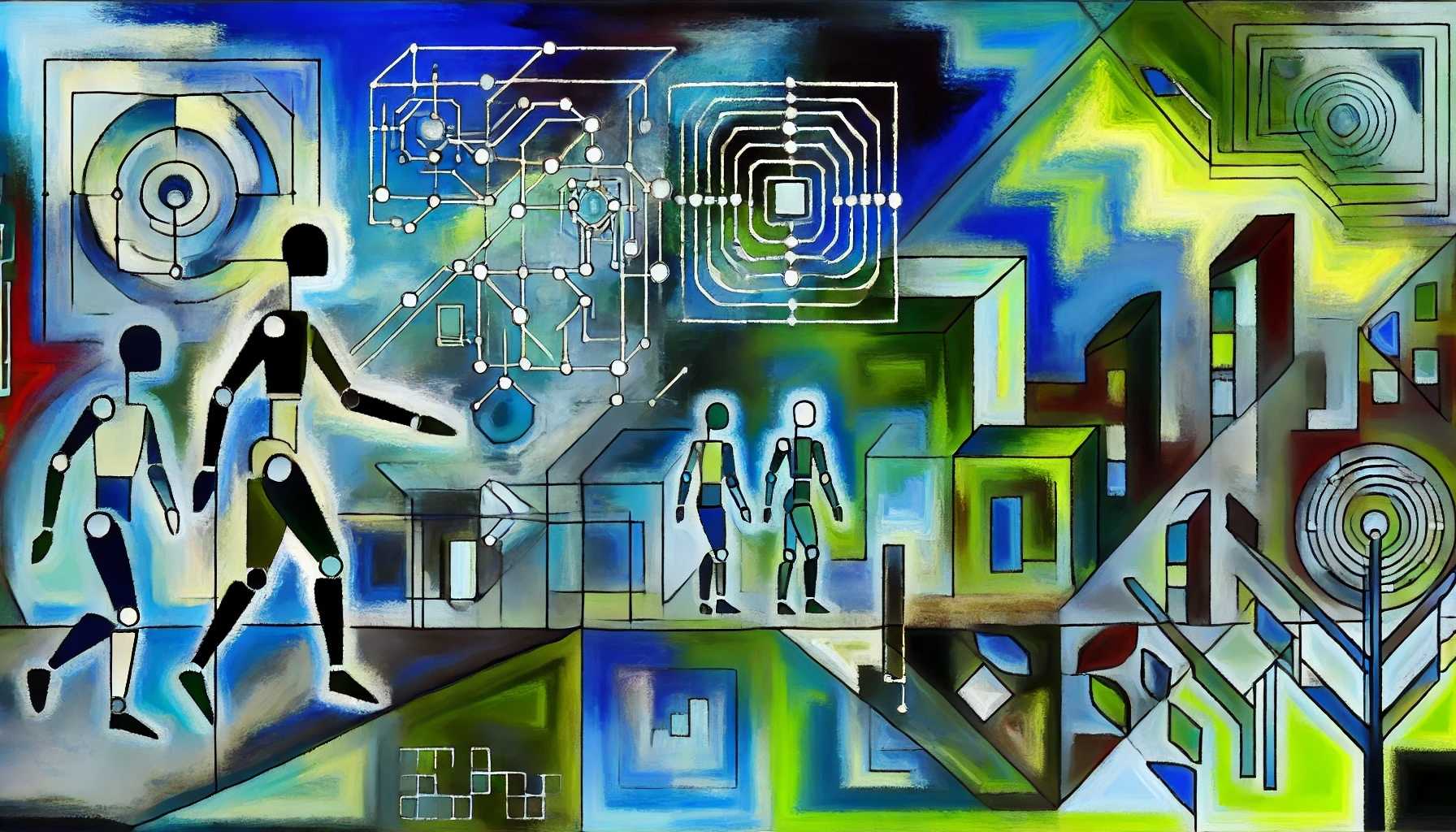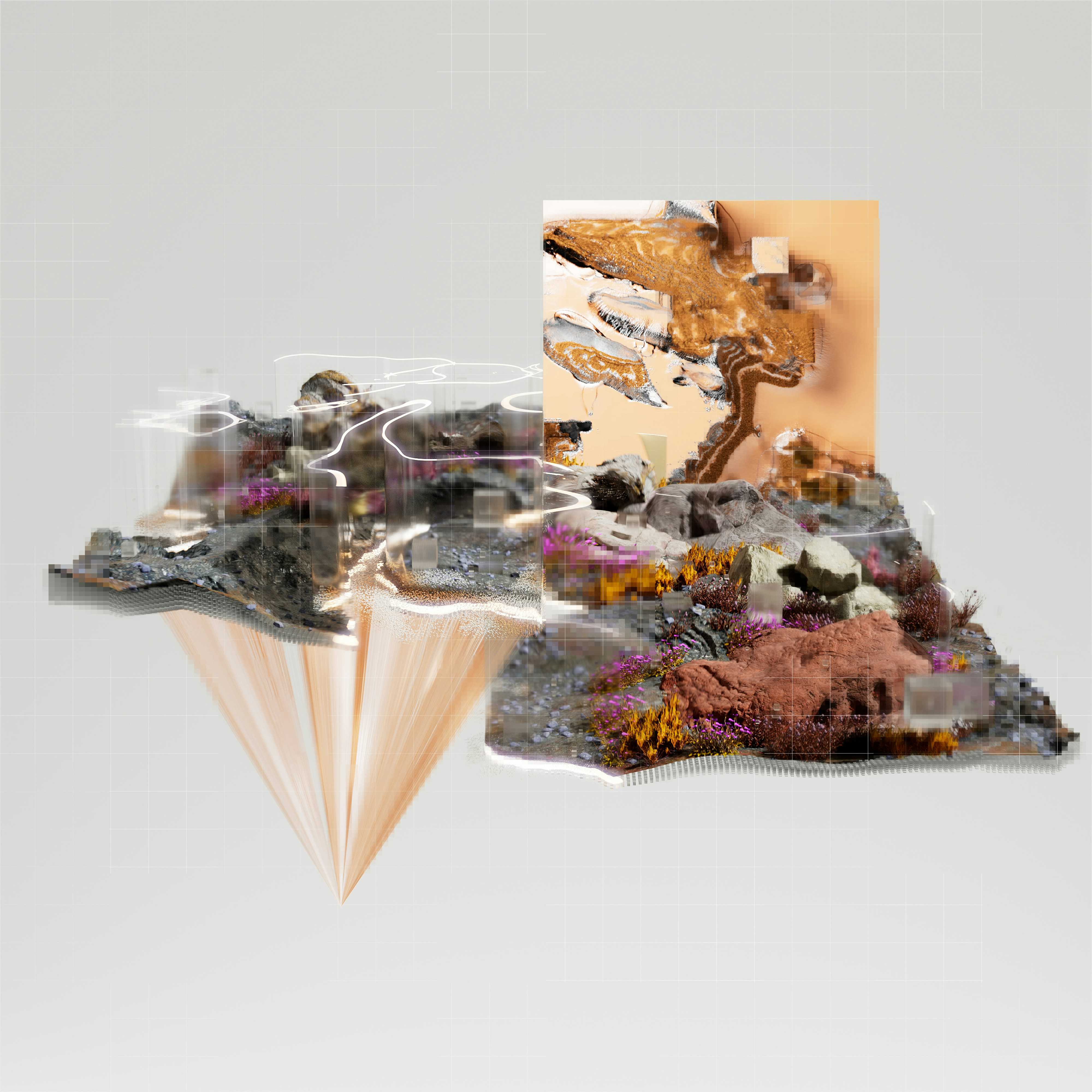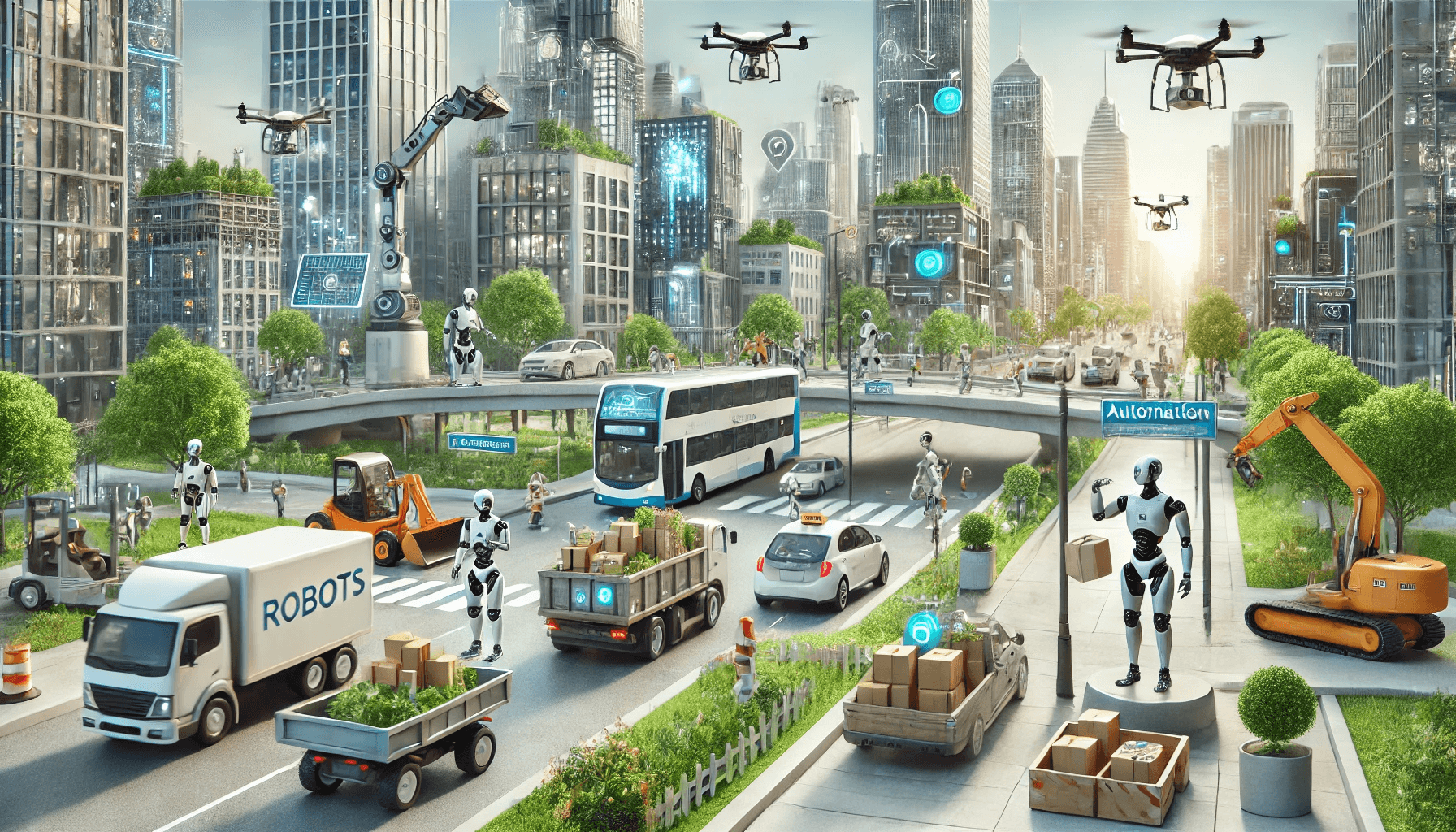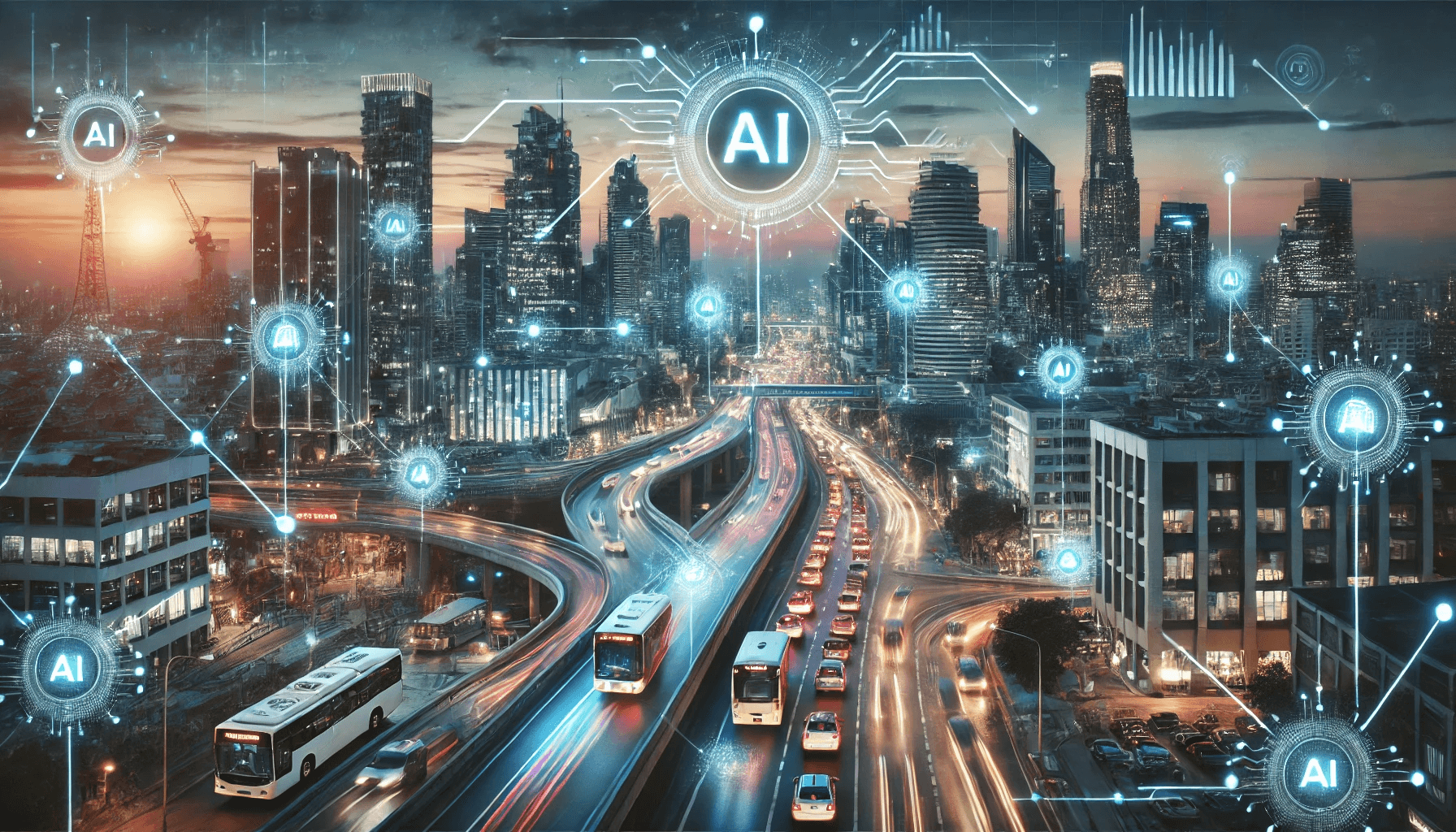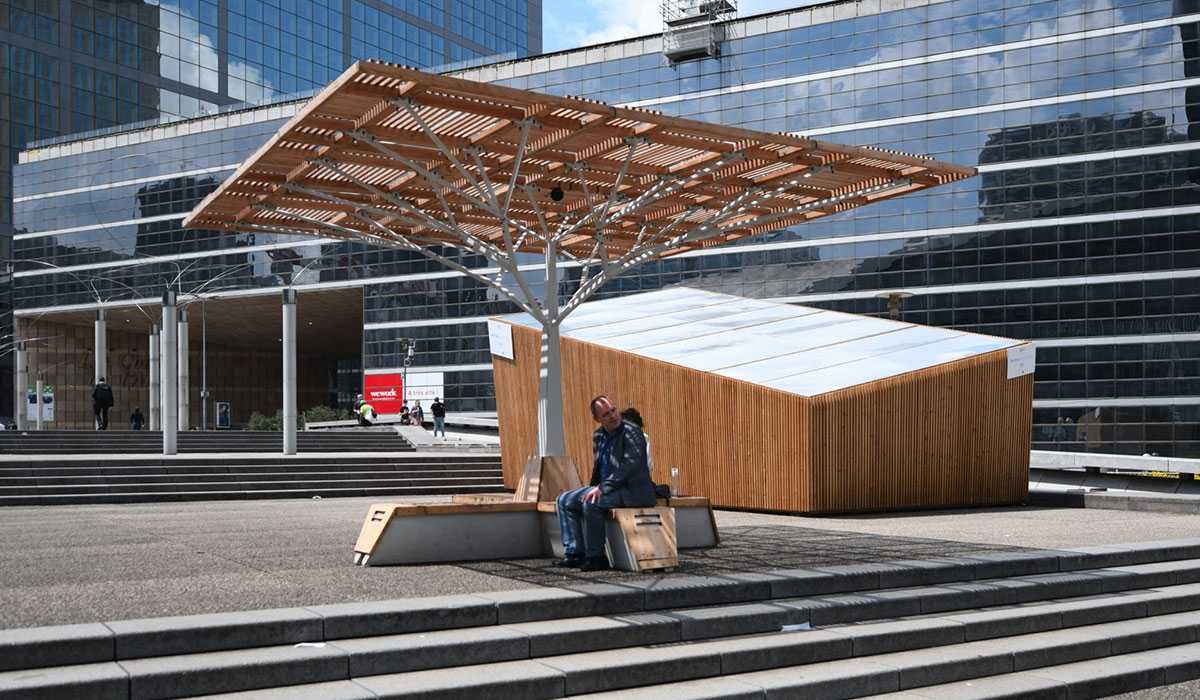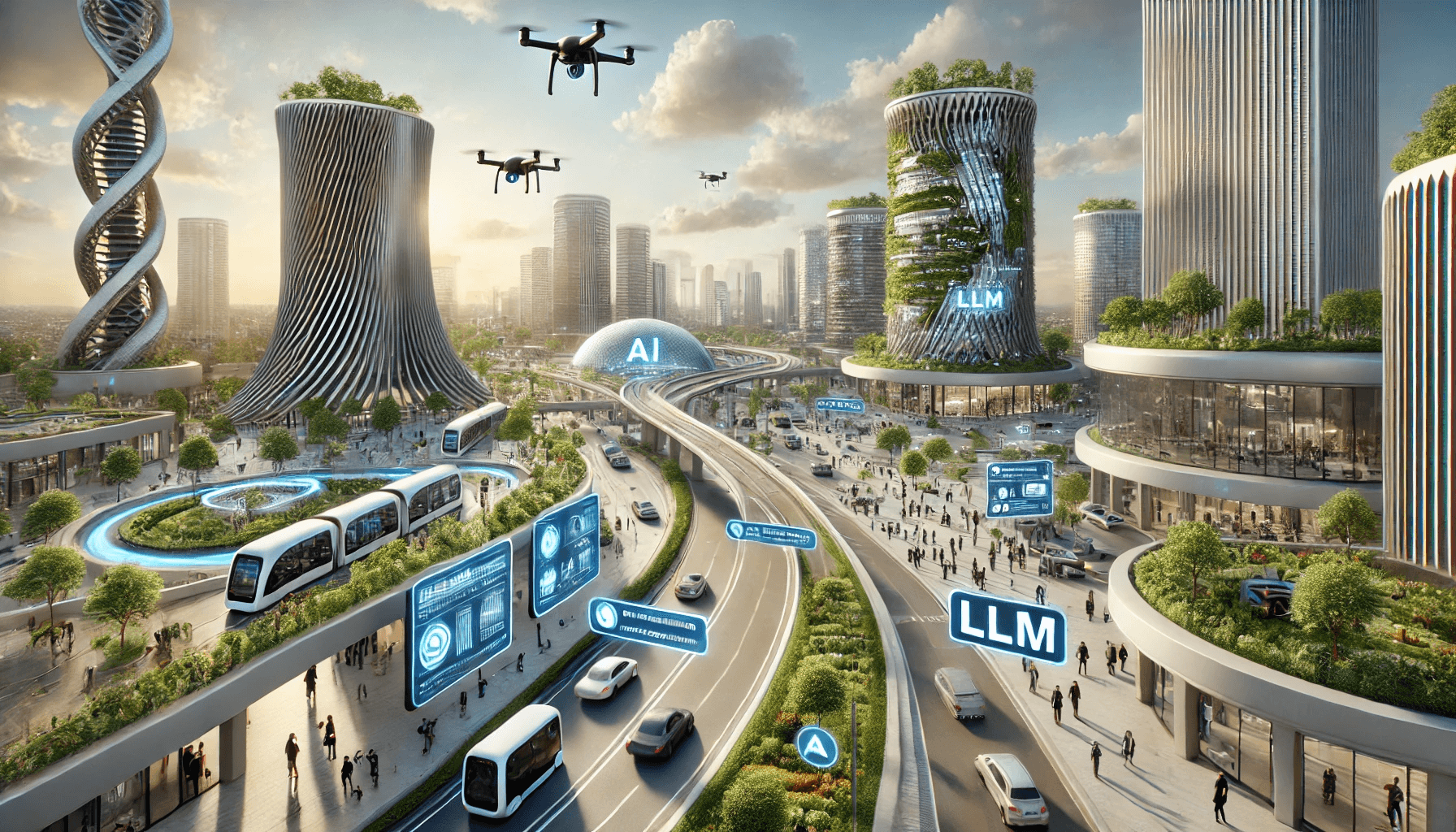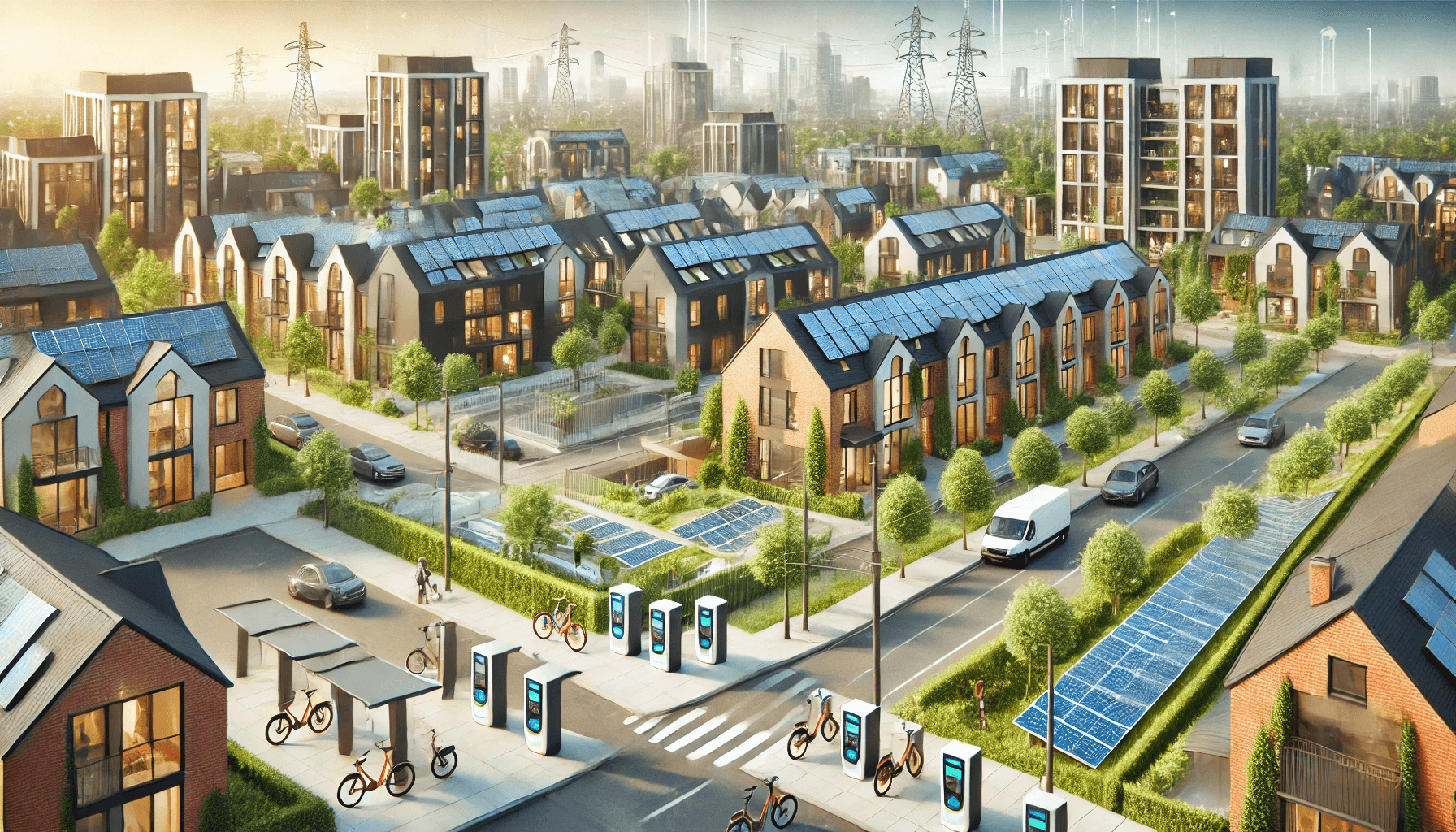
Amplified Actions
From persistent processes, self-managing adaptations.
As our comfort with connecting artificial intelligence to immersive media and real-world controls grows, we will unleash a powerful new capacity for action on urban climate adaptation.
Autonomous infrastructure systems, powered by edge AI, will become increasingly autonomous and self-managing. Microgrids coordinated by machine learning algorithms will create a more resilient power network, seamlessly balancing supply and demand while integrating renewable sources. This amplified capacity for action will extend to mobility systems, where AI will anticipate transportation needs and dynamically adjust services. And as distributed energy and multi-modal transportation systems link up, AI will be the indispensible choreographer anticipating supply and demand and proactively managing resources with minimal human intervention.
Design and planning will become ever more automated, with human intelligence tasked to the value judgements AI can’t and shouldn’t make. As AI models grow more sophisticated, they'll transform city planning from periodic exercises into a continuous, data-driven process. This will enable rapid testing and implementation of targeted interventions, from mitigating urban heat islands to managing stormwater.
This shift towards decentralized, adaptive, automated urban systems will deliver profound resilience and capacity to adapt. However, this amplified power to act also raises important questions about cybersecurity, reliability, and algorithmic bias. Ensuring that the benefits of heavy automation are widely shared might be determined by the technology’s design, but choosing to do so will be a matter of collective political will.
Trends
Each forecast is built up from a collection of several trends. Think of trends like vectors. They call our attention to a single force acting along a path over time.

